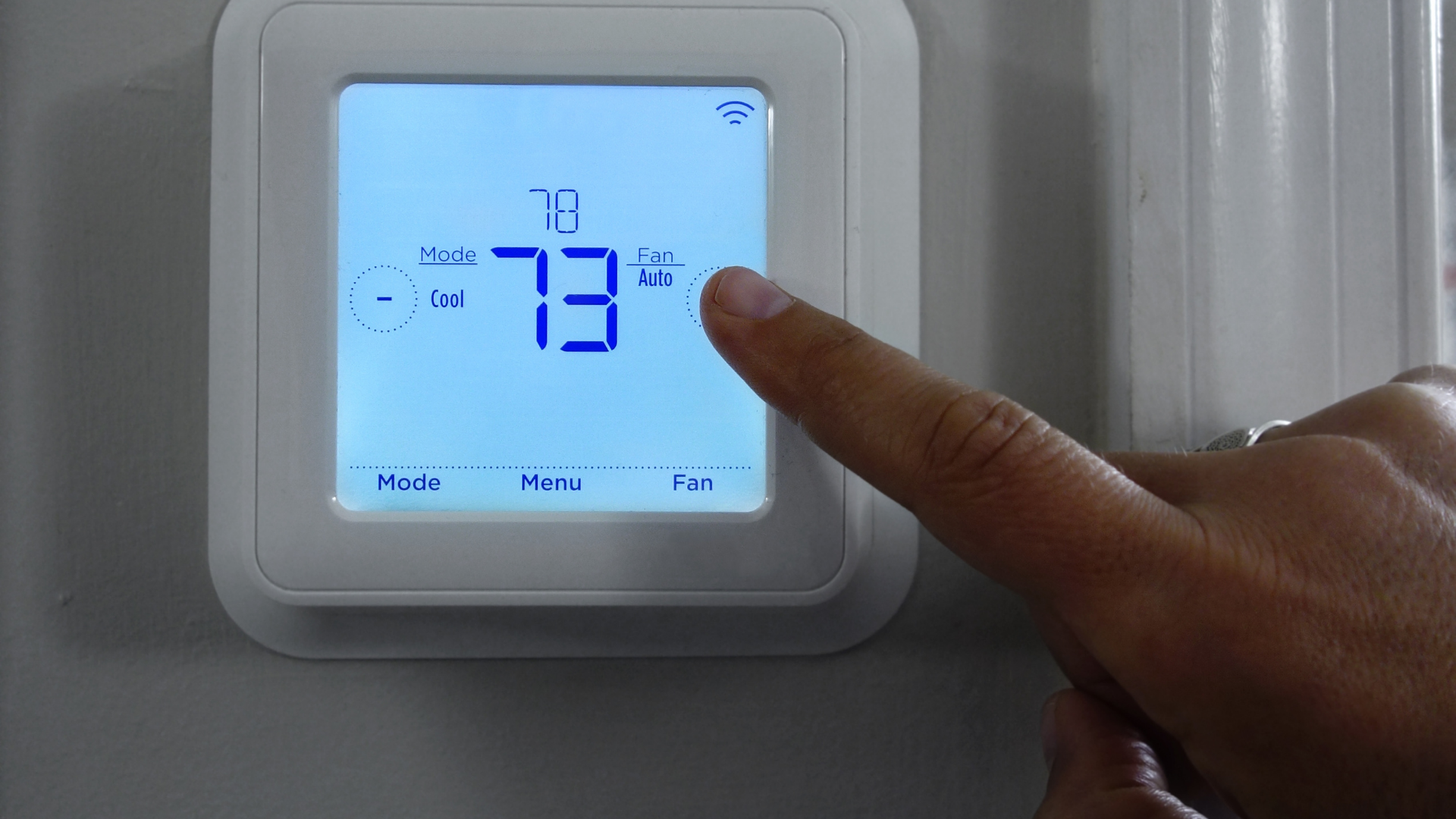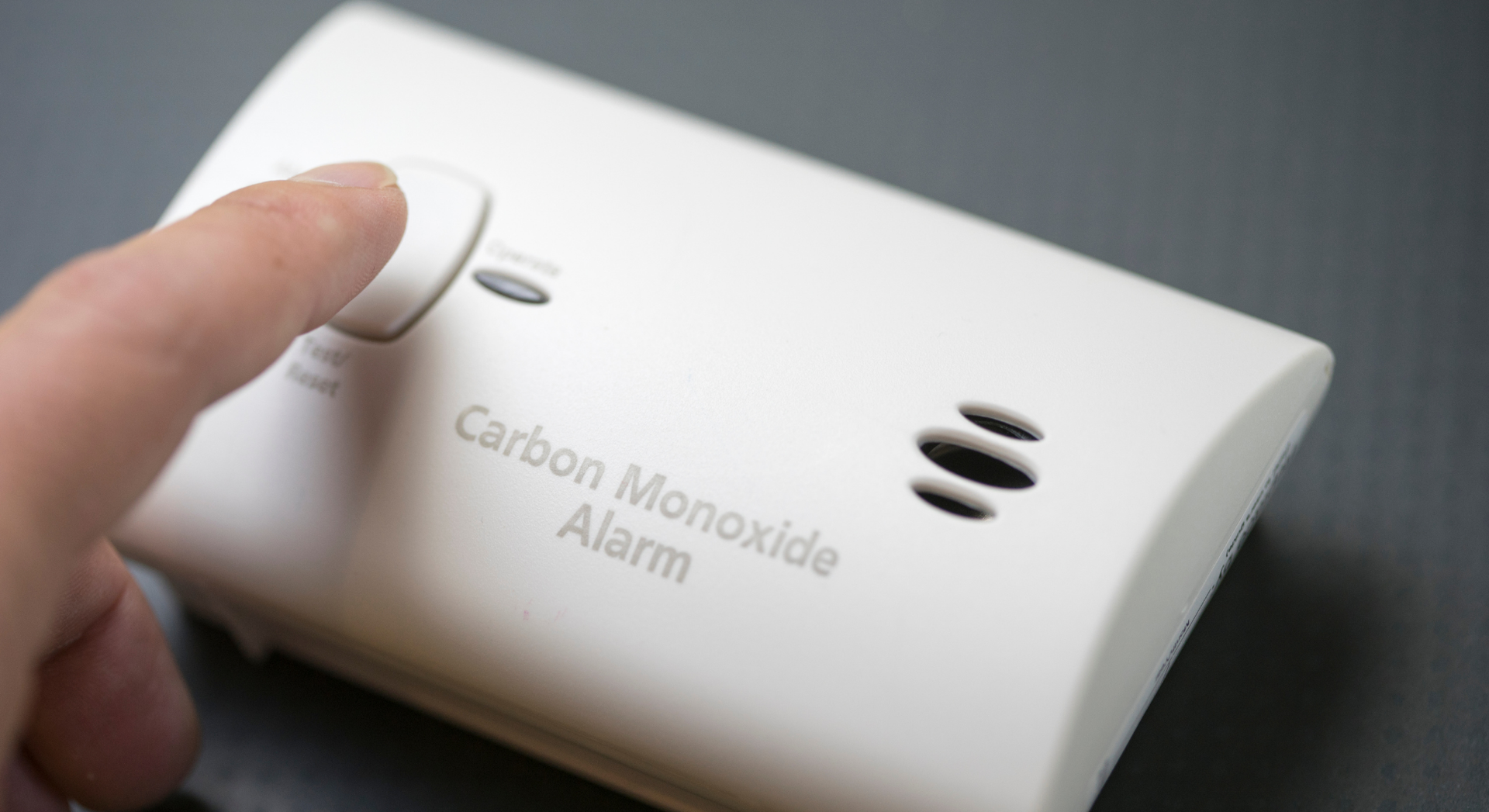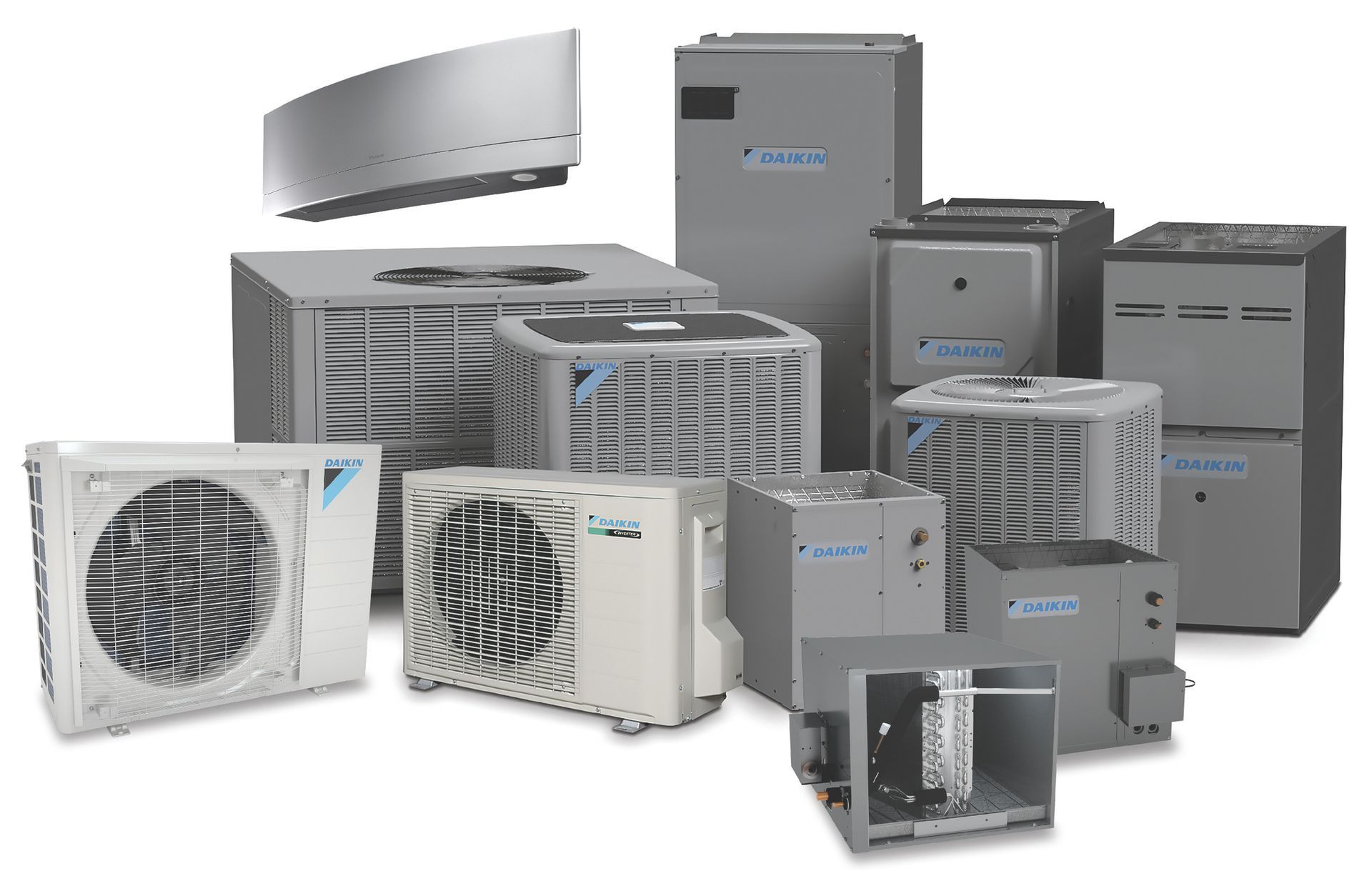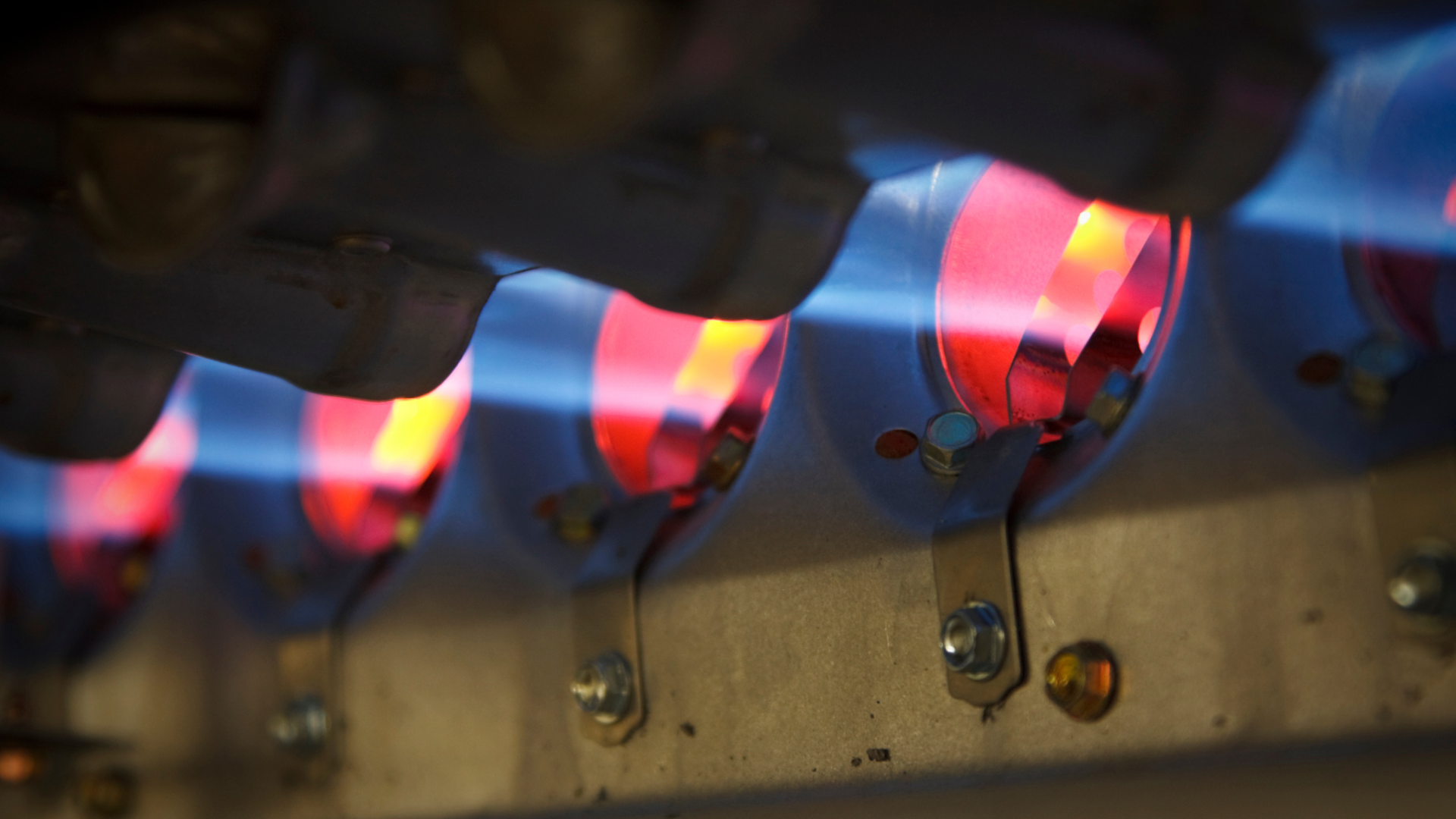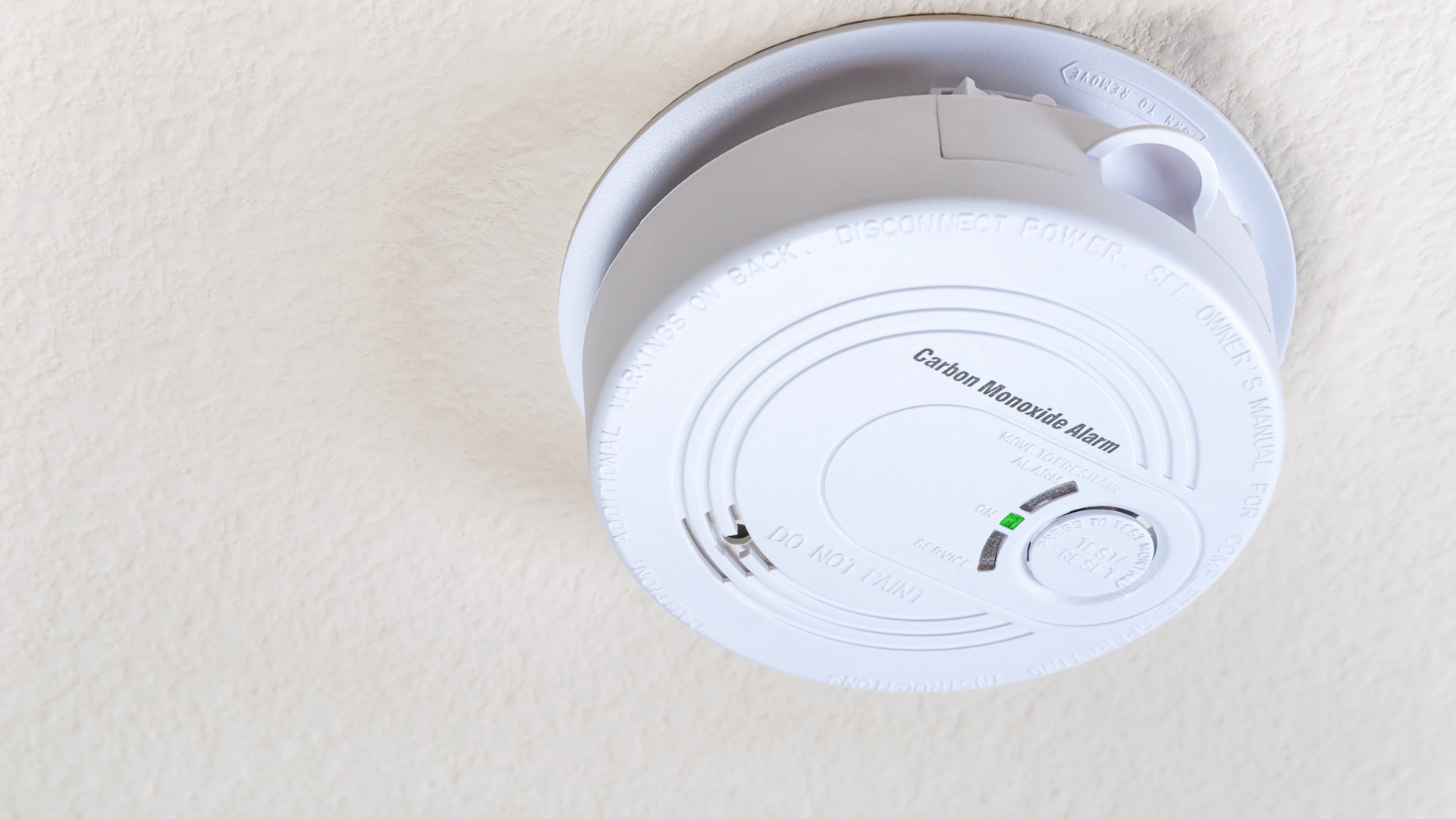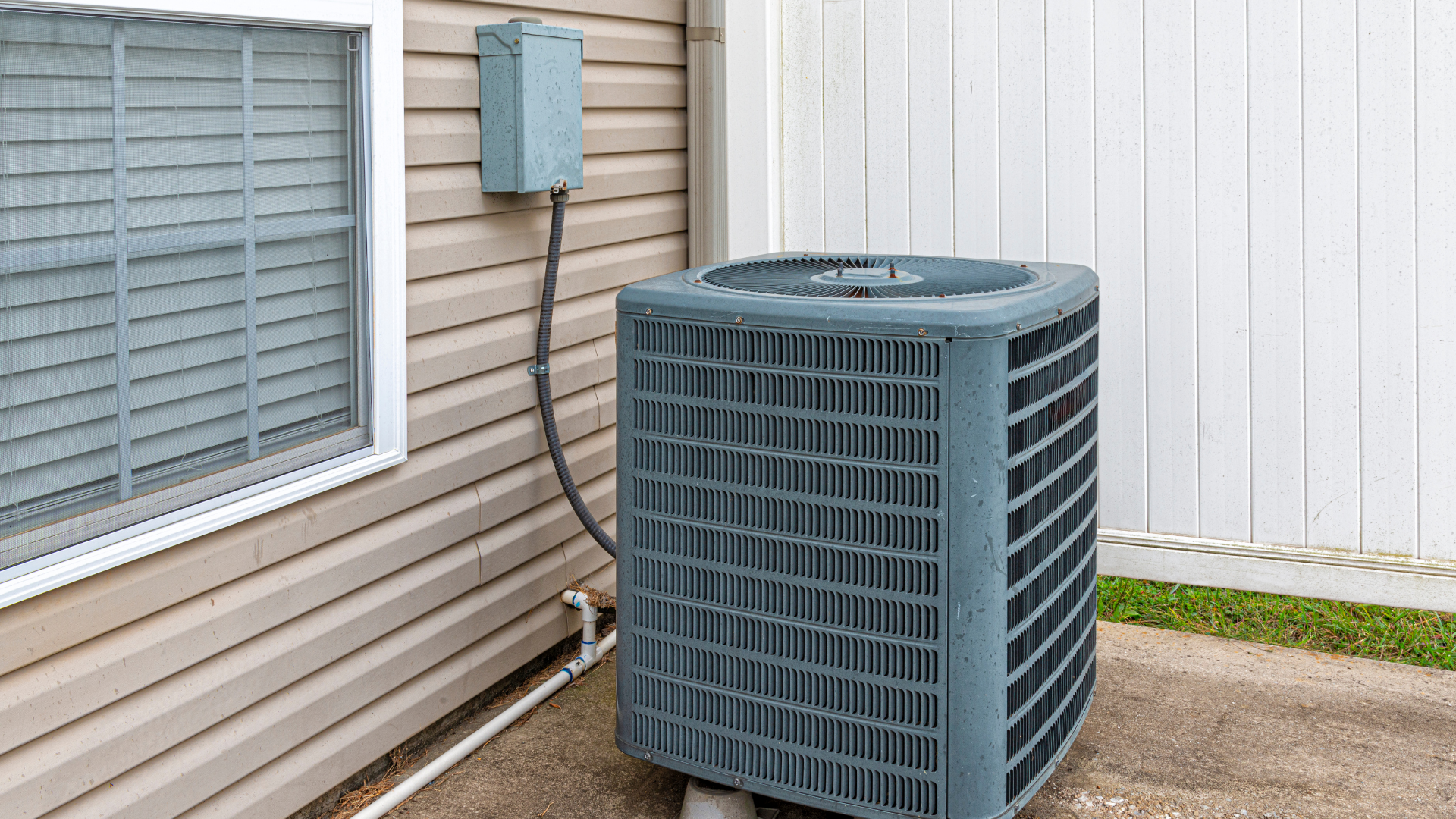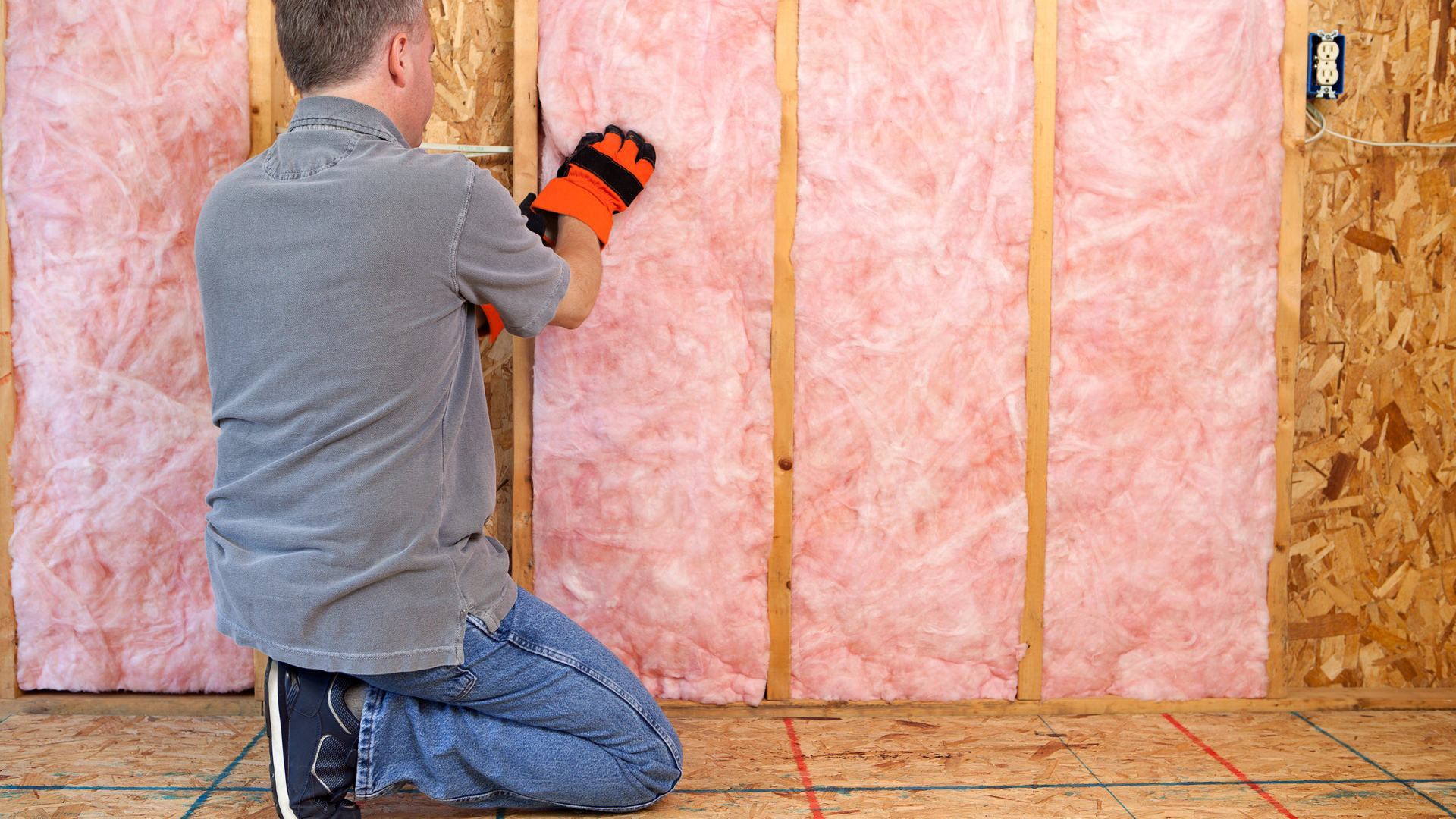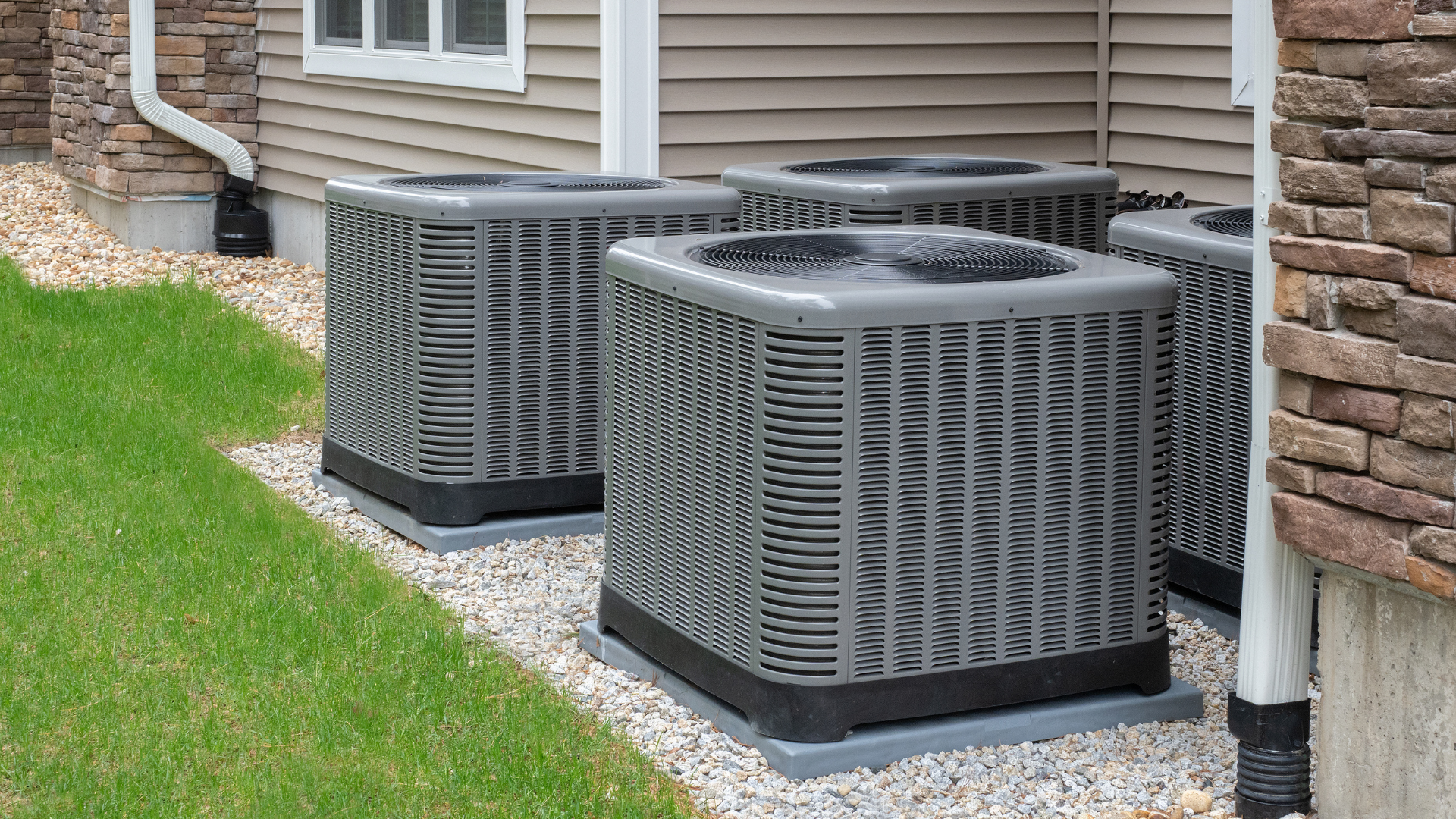How Home Service Companies Compensate Their Employees
Beyond the Salary: Unpacking How Your Home Service Technician Is Really Compensated (and Why It Matters)

When a technician arrives at your home to fix your AC, check your plumbing, or service your furnace, you want to trust their recommendations. A common concern among homeowners is that the person doing the work might be incentivized to sell them unnecessary parts, services, or upgrades.
To build trust, many home service companies proudly advertise that their employees are "salaried" or "non-commissioned." While this is often technically true, it rarely tells the full story of how your technician is compensated.
Understanding the different ways home service companies compensate their employees is key to being a smart, savvy buyer. Here is an inside look at the most common pay structures and the subtle incentives that may influence your technician’s recommendations.
The Common Compensation Models
Most home service field employees are paid through one of the following general structures:
1. The Hourly Base Rate (The Standard)
The most common model involves paying technicians an hourly base rate plus legally mandated overtime (time-and-a-half) for hours worked beyond 40 in a week. This ensures the technician is paid for their time, including travel and diagnostic work, regardless of whether a sale is made.
However, this is usually just the foundation of their pay.
2. Small Hourly Rate + Commission
This is the most straightforward sales-driven model. The technician receives a low base rate—sometimes just enough to cover basic living expenses—and then earns the bulk of their income through a percentage-based commission on everything they sell.
In this model, the incentive to sell is high and direct, which homeowners can usually sense right away.
The Reality: Performance-Based Compensation is Everywhere
This is the most important takeaway: You should never assume a technician is not incentivized to sell just because a company claims they are "salaried" or "non-commissioned."
Even the most reputable companies that pay a competitive hourly or salary wage still need to reward and retain their highest-performing employees. They do this by attaching additional incentives to performance.
Here are the ways "non-commissioned" employees are still compensated for sales performance:
Performance Bonuses Based on Profit
This is the most popular way to incentivize salaried staff without technically paying "commission." Instead of a percentage of the sale, the technician’s bonus structure is tied to:
- Job Profitability: The technician receives a bonus based on how profitable their individual jobs are (e.g., if the revenue minus the cost of parts and labor hits a certain target).
- Overall Company/Team Profit: Employees receive quarterly or annual bonuses based on the total profit of their branch or the entire company. A technician who increases the overall revenue of the team directly benefits from the bonus pool.
- Efficiency Metrics: Bonuses are paid for completing jobs quickly and efficiently, often measured against revenue targets.
In short, a technician making more profitable recommendations helps them meet bonus goals, even if the incentive isn’t called a "commission."
Spiff Programs (Incentives for Specific Items)
A "spiff" is an immediate, direct bonus for selling a specific product or service, often paid in cash, gift cards, or company prizes. Spiff programs are pervasive across the industry and are frequently layered on top of an hourly wage.
- Examples: A technician might receive a $50 gift card for selling a specific air filter brand, a $100 bonus for selling a new annual maintenance plan, or a small cash bonus for every extended warranty they attach to a repair.
These incentives are targeted and temporary, designed to move specific inventory or boost sales of certain services. They are a powerful, direct incentive that exists outside of the standard commission structure.
Tiered Pay Structures
Many companies have a technician ranking system (Tech I, Tech II, Master Tech) that corresponds to a pay scale. Promotions through these tiers are almost always based on measurable performance metrics that include:
- Revenue generated (sales).
- Customer satisfaction scores (C-SAT).
- First-time fix rates.
By linking promotions and higher pay tiers to sales performance, the company creates a long-term incentive for the technician to be an effective salesperson, regardless of their current salary.
The Homeowner’s Takeaway
The goal is not to distrust every technician, but to be an informed consumer. Your technician is a professional, and their job is to find and fix issues. However, nearly everyone in the industry is compensated for performance in one way or another.
The next time a company advertises "non-commissioned" staff, remember:
- Ask Questions: Always ask why a part or service is necessary, and what will happen if you don't purchase it.
- Get a Second Opinion: For costly repairs or major equipment replacements, getting a second quote from a different company is always a smart move.
- Focus on Value: Instead of focusing on how they are paid, focus on whether the recommended solution is necessary, provides clear value, and solves your problem safely and permanently.
Click Another Article to Read More
